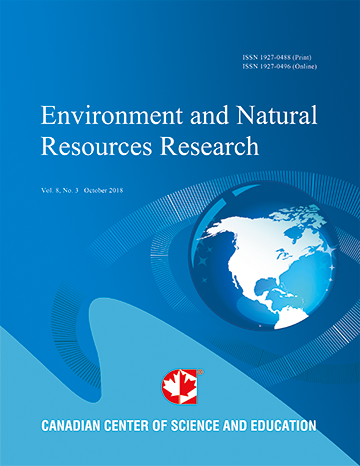Perceptions of farmers in Bangladesh to Asian Elephants (Elephas maximus) as an Agricultural Pest in
- A. H. M. Sarker
- Eivin Røskaft
Abstract
We explored the degree to which Bangladeshi farmers perceive Asian elephants (Elephas maximus) as agricultural pests, as related to the type of farming and other demographic profile of the farmers. We analysed the size and cropping patterns of farms raided by wild elephants, the extent and nature of crop loss, the months and crop-raiding time; and the size of elephants’ herds that caused crop-raiding incidents. The average loss of entire crops increased with distance from the park up to 300 m and then decreased with greater the distance. The greatest loss due to crop raiding was associated with specific crops. Farmers incurred the greatest mean losses in terms of cost from like rice, vegetables, banana, and teak. The highest proportion of small losses occurred during the early evening, while the greatest financial losses occurred during late evening. Wild elephants raided crops throughout most of the year, but the greatest loss and cost were incurred during the monsoon season. The proportion of crops lost varied with the herd size of elephant responsible for crop-raiding and the duration of crop-raiding. Differences were found in the views of farmers regarding the perceptions towards elephant as pest. Considering crop-raiding elephant herd as pest has been given different views by the farmers based on their financial/comfortable status.
- Full Text:
 PDF
PDF
- DOI:10.5539/enrr.v4n3p23
Journal Metrics
Google-based Impact Factor (2016): 6.22
h-index (November 2017): 12
i10-index (November 2017): 19
h5-index (November 2017): 11
h5-median (November 2017): 12
Index
Contact
- Emily LinEditorial Assistant
- enrr@ccsenet.org
